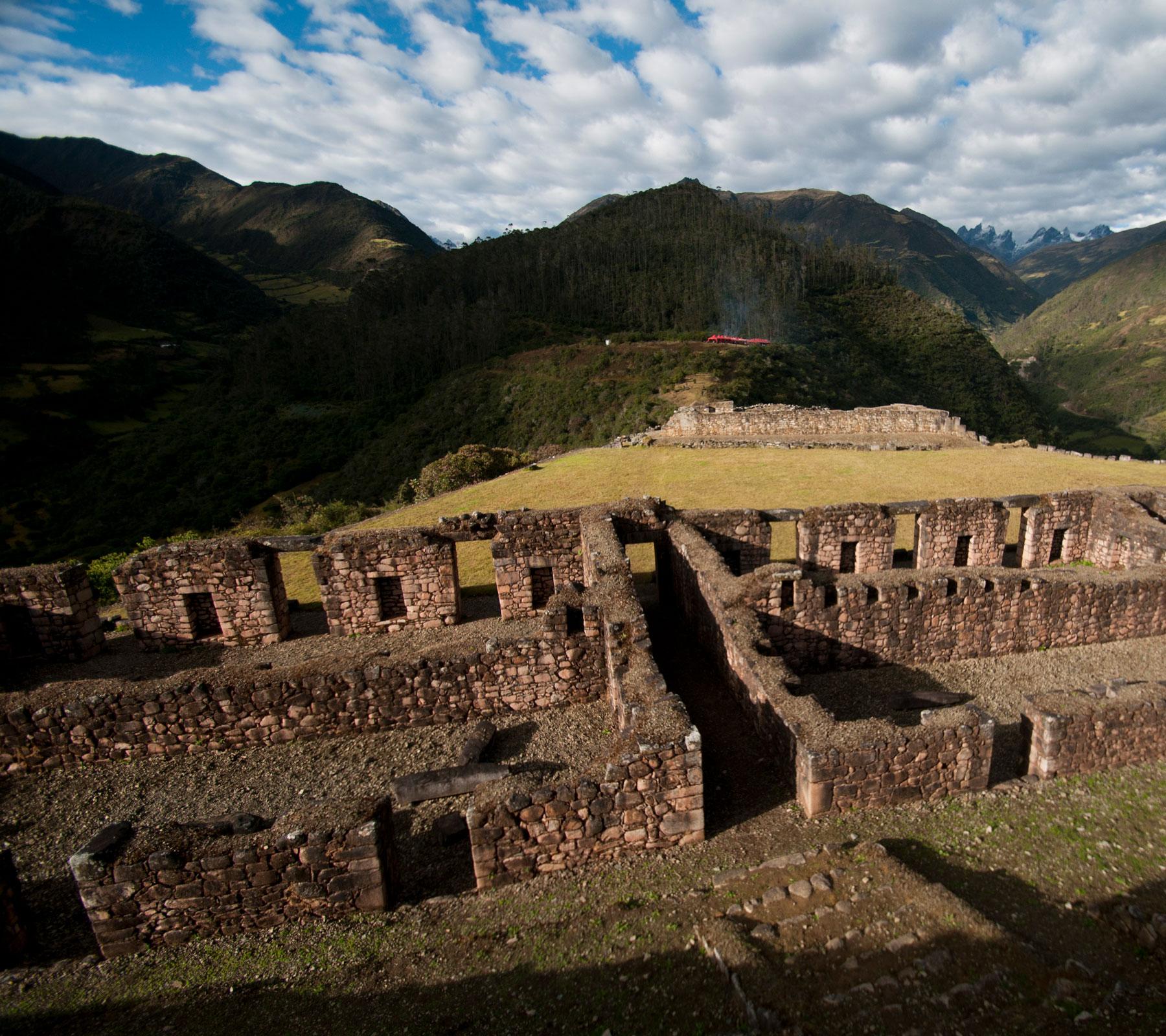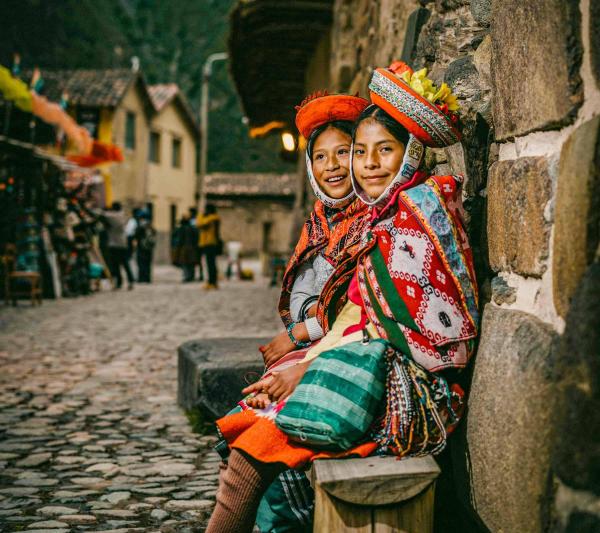Vilcabamba Peru: Vitcos, Marampata and Espiritu Pampa
Nestled in the remote wilderness of Peru, Vilcabamba was once a hidden bastion of the Inca Empire. Chosen by Manco Inca in the 16th century as the heart of his resistance against Spanish conquest, Vilcabamba became the last stronghold of the Inca rebels. Its isolation provided a sanctuary where Inca traditions, culture, and ways of life could persist, even as the Spanish sought to extinguish them.
In 1911, after his monumental discovery of Machu Picchu, Hiram Bingham journeyed through the dense forests and rugged terrain of the Vilcabamba Valley. His exploration led him to Pukyura, where he uncovered the ruins of Vitcos, known to locals as Rosapata. Perched on a lofty hill, Vitcos was a smaller but regal Inca site, centered around a trapezoidal plaza atop a flat ridge. Below, Bingham was guided to a sacred spring, emerging from beneath a massive, intricately carved white granite boulder, known as Huaca Chuquipalta. This significant find confirmed Vitcos as a key Inca religious site, where ancient rituals, including blood sacrifices, were once conducted. According to historical accounts, two Spanish priests, disturbed by these "pagan" practices, attempted to cleanse the area through exorcism and set fire to the temple.
Continuing his expedition, Bingham ventured deeper into the jungle, reaching the Condevidayoc plantation near the ruins of Espiritu Pampa, or the "Plain of the Spirits." Although he briefly examined these overgrown remnants, Bingham, focused on Machu Picchu, did not fully appreciate their significance. It wasn't until 1964 that explorer Gene Savoy conducted extensive research at Espiritu Pampa, revealing a vast complex with over 60 main structures, 300 houses, and various temples, plazas, and streets. Savoy became convinced that this was the true Vilcabamba, the final refuge of the Incas.
Historian John Hemming later substantiated this theory, using chronicles to match descriptions of Vilcabamba with those of Espiritu Pampa, aligning its climate and altitude with historical accounts. The interconnected sites of Vitcos, Marampata, and Espiritu Pampa, set against a backdrop of stunning and diverse landscapes, form a crucial link to the legendary Inca city of Machu Picchu. These ruins, steeped in history and cultural significance, offer a glimpse into the resilience of the Inca civilization, preserving their legacy in the heart of the Peruvian wilderness.
Where is located Vilcabamba?
Vilcabamba is located in the Cusco region of southeastern Peru, nestled within the Andean mountains. Specifically, it lies in the Vilcabamba Valley, a remote and rugged area characterized by dense forests, steep cliffs, and dramatic landscapes. The region is situated northwest of the city of Cusco and is part of the larger Vilcabamba mountain range, which extends between the Apurímac and Urubamba rivers. The area is known for its historical significance as the last stronghold of the Inca Empire and its challenging accessibility, often requiring treks through rugged terrain to reach its ancient ruins, such as Vitcos and Espiritu Pampa.





